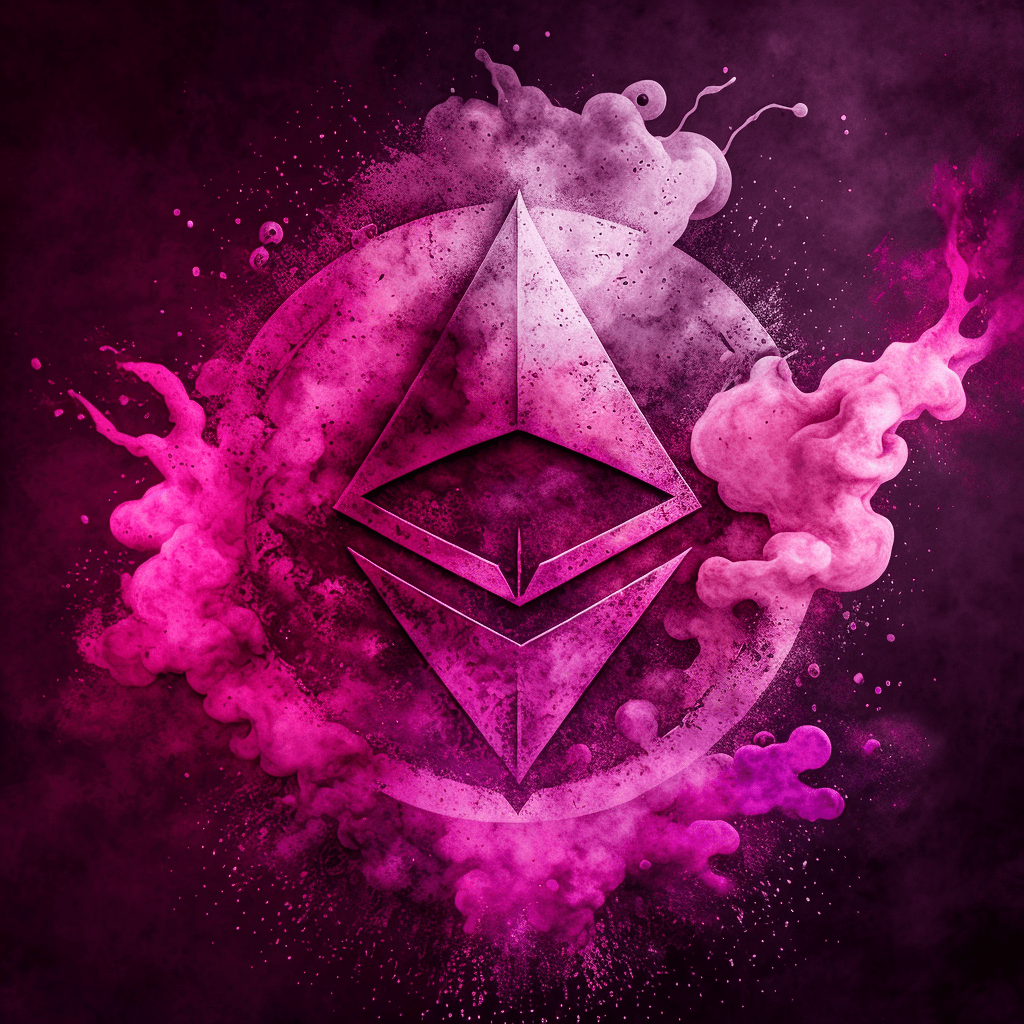
Creating and selling non-fungible tokens (NFTs) has become a popular way for artists and creators to monetize their digital content in recent years. If you’re considering entering the NFT space, understanding the costs involved in making an NFT can help you better plan and manage your finances. This article will break down the various expenses you may incur while creating and launching an NFT.
Minting Costs
Minting is the process of tokenizing your digital content by creating a unique, non-fungible token on a blockchain. One of the primary costs associated with creating an NFT is the minting process. These costs can vary depending on several factors:
- Blockchain network: The blockchain network you choose for your NFT will impact the cost of minting. Popular blockchains for NFTs include Ethereum, Binance Smart Chain, and Solana, each with its unique features and development requirements. Ethereum is known for having higher gas fees, whereas Binance Smart Chain and Solana tend to have lower fees.
- Gas fees: Gas fees are transaction costs paid to miners or validators who maintain the blockchain network. These fees can fluctuate depending on network congestion and demand. During peak times or high congestion periods, gas fees on networks like Ethereum can be quite high, adding to the cost of minting an NFT.
Digital Art Creation Costs

Producing the digital artwork itself can involve several costs, depending on the artist’s skill level, required software, and used hardware:
- Art software and tools: Professional software like Adobe Photoshop, Illustrator, or Procreate may require subscription or purchase fees. However, artists can also choose to use free or lower-cost alternatives, such as GIMP, Krita, or Inkscape.
- Hardware: High-quality digital artwork may require specialized hardware like drawing tablets, pen displays, or powerful computers capable of handling complex art projects. These hardware costs can vary depending on the specifications and brand.
- Art courses or education: Some artists may choose to invest in learning resources or take courses to improve their skills and expertise in specific styles or techniques. These education-related expenses can add to the overall cost of creating NFT art.
Marketplace Listing and Promotion Costs
Once your NFT is minted, you will likely want to list it on an NFT marketplace to reach potential buyers. Listing your NFT might incur some additional expenses:
- Listing fees: Most marketplaces charge fees for listing and transacting within their platform. These fees can vary depending on the specific marketplace, with some charging a percentage of the sale price.
- Promotional costs: To gain visibility for your NFT, you might consider investing in promotional opportunities within the marketplace or using social media and other forms of paid advertising.
Additional Cost Considerations
Beyond the primary expenses related to minting and artwork creation, some other costs to consider when venturing into the NFT space include:
- Collaborative projects: If you’re working with other artists or collaborators to create your NFT, you might need to pay commissions or share profits.
- Digital wallets and NFT storage: Securely storing and managing your NFTs may require a digital wallet or a specialized storage solution. These services can come with fees, depending on the provider you choose.
Tips to Minimize NFT Creation Costs

You can implement several strategies to reduce the overall cost of creating and selling NFTs:
- Lower-cost software: Opt for open-source or lower-cost digital art software to save on subscription or purchase fees.
- Batch minting: If you plan to mint multiple NFTs, consider using platforms or NFT token standards that support batch minting, which can help reduce overall gas fees.
- Time your transactions: Mint and transact during off-peak hours to take advantage of lower gas fees, particularly on congested networks like Ethereum.
Conclusion: Navigating NFT Creation Costs
While it does cost money to create and sell NFTs, many factors influence the total expenses you’ll incur throughout the process. Careful budgeting, proper planning, and efficient use of resources can help manage costs as you enter the NFT market. With a thorough understanding of minting, digital art creation, marketplace listing, and additional considerations, you can navigate the cost of creating an NFT with greater confidence and success.
